How do colleges effectively and authentically embed emerging technology across diverse curriculums without overwhelming staff? It is a common headache. Institutions often hit barriers such as staff hesitance, alignment to curriculum and a lack of time. Meanwhile, the demand for those skills is only growing with the rapid emergence of AI. At Gower College Swansea, we have found a way forward by using students as our digital ambassadors to drive tech-based curriculum enhancement.
This is not about top-down training. It is a practical, replicable model that is enhancing curriculums, inspiring staff and empowering students. And it has all been achieved with just two hours a week of my time.
The idea clicked for me after a visit to Humber College in Toronto in 2024. I was blown away by how confident and comfortable their students were with emerging technologies. They were curious and unafraid to experiment if it aided their learning. That is what technology-enhanced learning should look like – a culture in which students are the researchers and testers. We have relied for too long on staff CPD sessions that merely tempt staff to try something new. The learners are the ones receiving these skills, so they need a real say in the tech we embed.
How we do it:
My role as a tech enthusiast is to provide knowledge and guidance to a small group of student digital ambassadors. Each learning area from across the college is asked to provide one learner, with whom I work one-to-one. After showing them a range of emerging tech (VR, AR, 3D printing, drones, AI, content creation tools), I let them choose what technology they want to explore and how they think it could fit into one of their subjects. I am certainly no expert in criminology, healthcare or geology, and that is the point. I facilitate from a “technology coach” perspective, while the students bring the crucial curriculum know-how. All it takes from them is a bit of enthusiasm and a short meeting every couple of weeks.
To give you a clearer picture, here is how the Curiosity Project model typically unfolds:
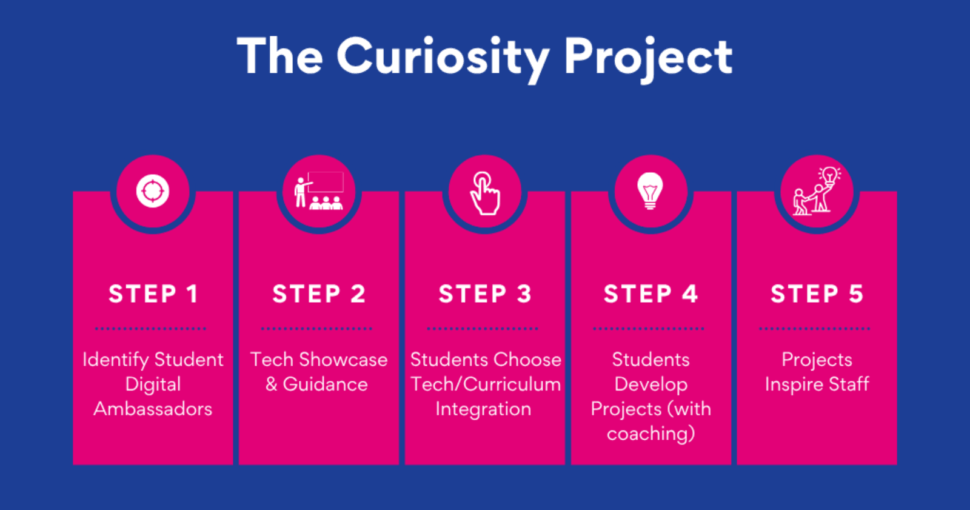
This approach has a brilliant side-effect. It subtly piques the curiosity of staff.
When our geology team saw one of their students using drone technology to scan a cliff face, 3D-print it and make a tabletop mobile AR experience from it, it had a direct impact on the student but also a big impact on the lecturer. They could suddenly see how this could make their field trips more valuable and generate bespoke, tactile resources. Before this, talking to a lecturer about embedding 3D-printing might have been met with reluctance. Now, they see the potential – it demystifies the tech and truly inspires.
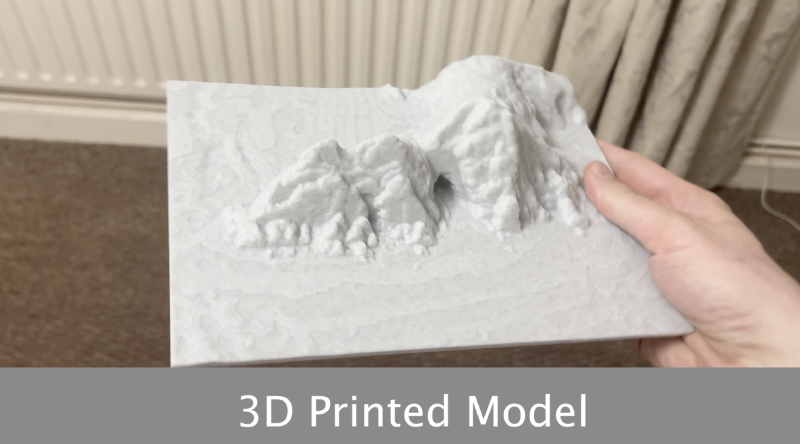
Take our level 2 landscaping course. Imagine trying to convince a lecturer to use VR. You would get questions about its necessity and practical application. But three landscaping students I worked with solved that for us. They developed a mixed reality solution where they could draw different coloured plants into an empty planter to test colour harmonies. This would otherwise take much longer and generate a lot of waste, showcasing a clear, sustainable benefit.
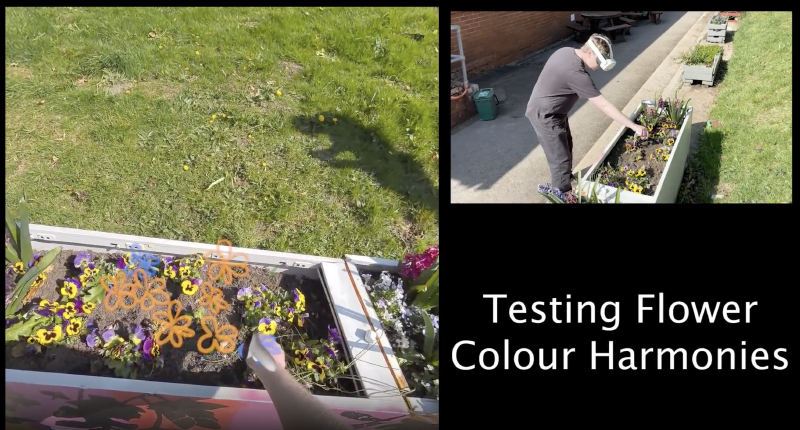
To see some of the other projects our students have delivered, from business students using NFC technology to criminology students using VR, visit this link: https://www.jon-parker.xyz/projects
Across the nine student-led projects we have delivered, involving 34 learners, staff have been genuinely inspired by the outcomes. This has directly impacted future course enhancement and will benefit countless learners yet to study with us. This student-led model has proven to be a powerful and sustainable way for Gower College to make an impact, fostering genuine curiosity and confidence in technology. We are really excited to see it grow next year.
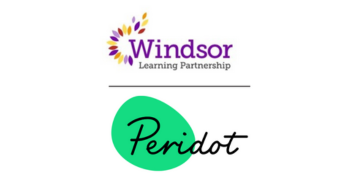


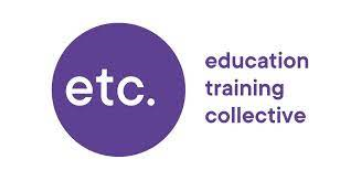
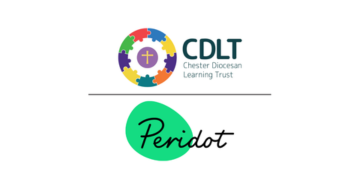

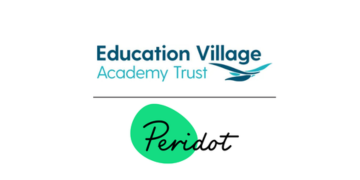
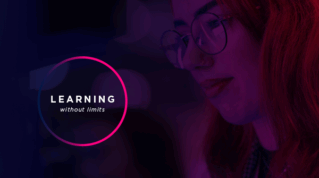
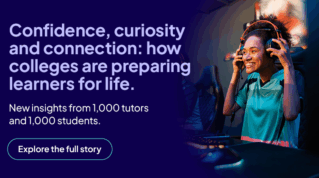


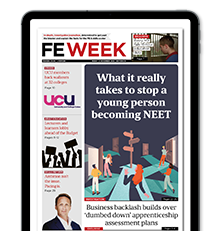
Your thoughts